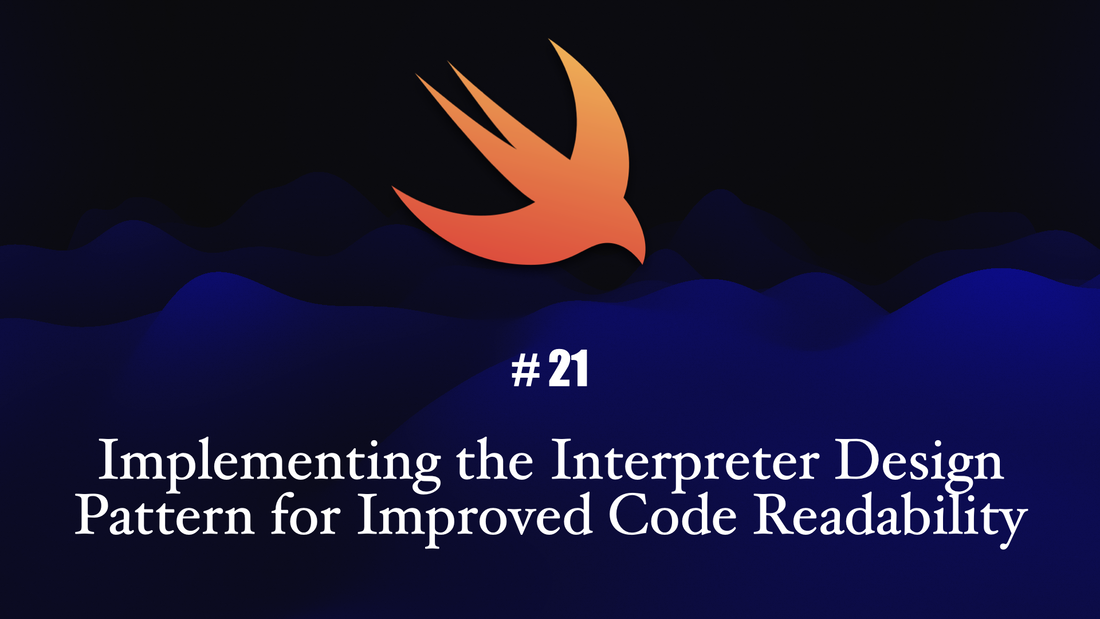In Swift, the Interpreter Design Pattern can be implemented by defining a set of classes that represent the different components of the grammar, such as variables, operators, and expressions. These classes can then be used to parse and evaluate the expressions according to the rules of the grammar.
One of the key benefits of using the Interpreter Design Pattern in Swift is that it can help to improve the readability and maintainability of code by clearly defining the rules for evaluating expressions. Additionally, the use of this pattern can make it easier to extend and modify the grammar, allowing the system to be adapted to handle new expressions and operators.
Here is an example of the Interpreter Design Pattern in Swift:


